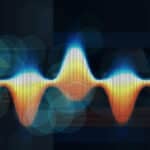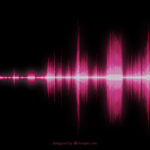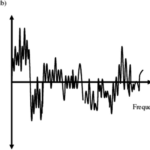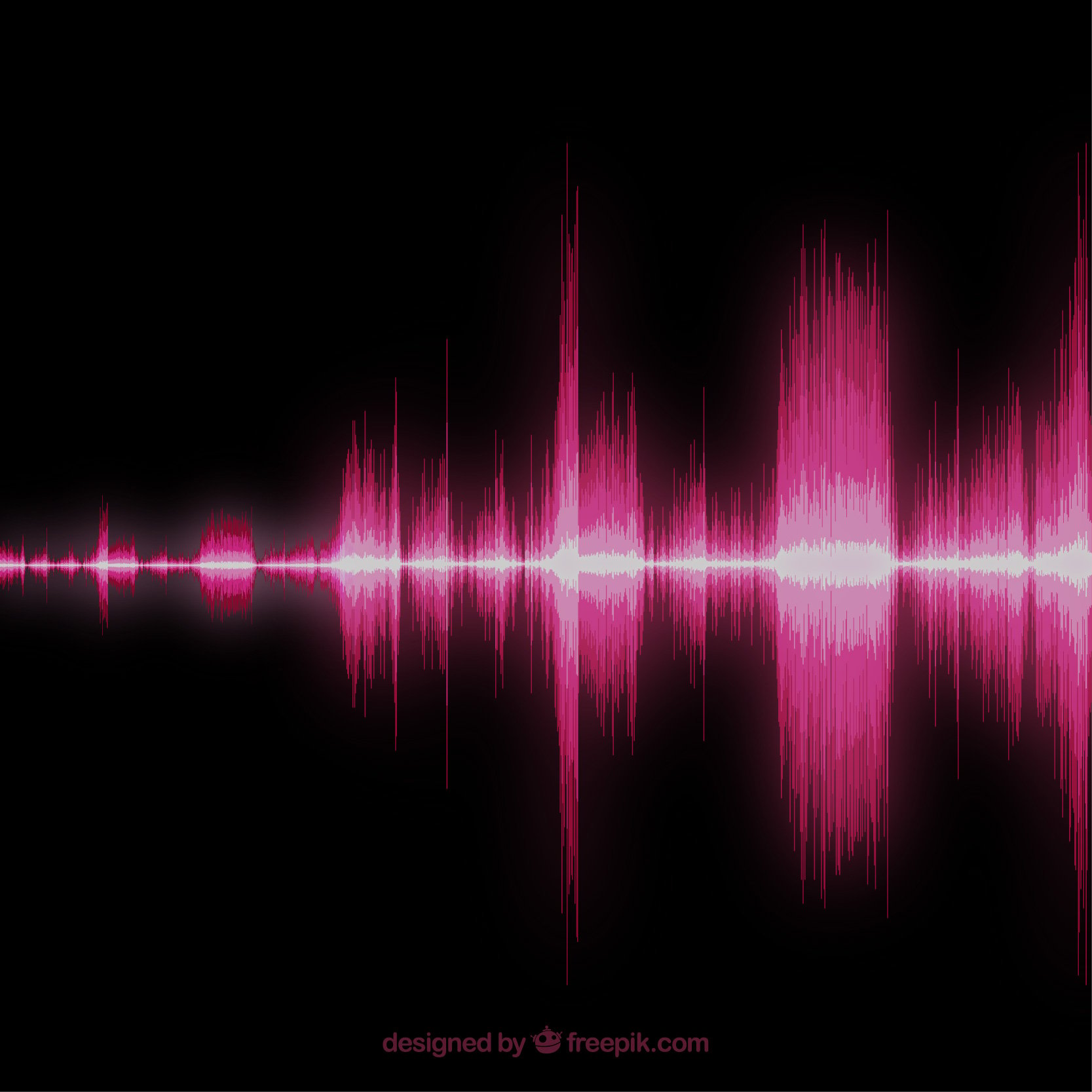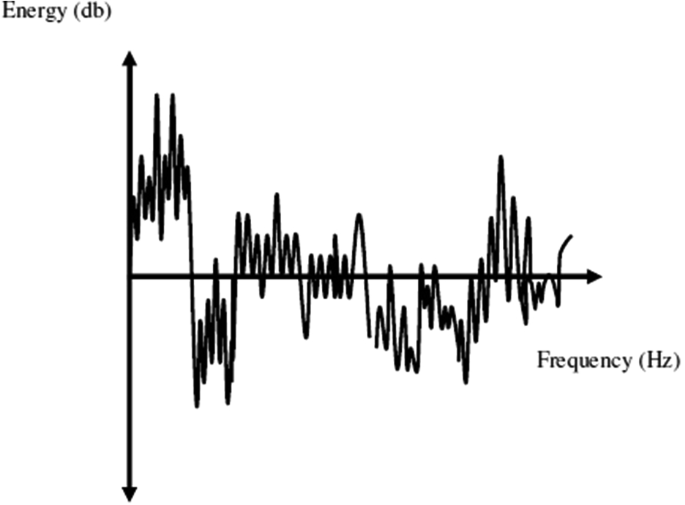Wind noise might be a problem when recording audio or videos outside. You would not want to spend an entire day filming outdoors just to come home with an audio that is worthless due to wind noise.
The most efficient way to deal with wind noise is to avoid capturing the wind sound in the first place. However, under certain windy situations, you won’t be able to avoid wind noise during audio recording. Therefore, if you end up with a recording full of wind sounds, you might want to remove these before going further. You can try to do this yourself, or if it seems hard or time-consuming, you can ask for help at a professional media restoration service like Media Medic.
This article will first demonstrate how to reduce wind noise while capturing audio outdoors in windy situations. It also explains how to remove wind noise after production.
What Makes Wind Noise?
Mics are sensitive to air movement, and they transform acoustic energy into an audio signal using a diffuser that vibrates when sound waves strike it. Since the human voice and other sound sources that microphones pick up produce modest acoustic energy, this diaphragm is extremely sensitive.
Wind causes a lot of air movement, which causes a lot of low-frequency vibrations in the diaphragm. This powerful vibration is often detected in recordings as a harsh rumble. So, how do you fix it?
How to Remove Wind from Audio?
Using EQ tools while recording is an efficient approach to reduce wind noise before it reaches your recording. Many microphones have EQ controls for enhancing and lowering specific frequency ranges. Microphones used in video production will often include high pass filters to decrease low frequencies.

Drag your audio into the audio editing program and open up your standard EQ tools. You can either manually trim frequencies in the 20Hz to 250Hz range or use a high pass filter to tame those bothersome frequencies.
Ways to Reduce Wind From Audio
Windshields
The first line of protection against wind noise is generally a foam windshield. An open-cell foam cover surrounding the microphone will scatter and reduce the acoustic energy from the wind. This will minimize low-end shaking. You must streamline these windshields so that the wind passes around them rather than through them. The tighter the fit, the better.
Dead cats
Although foam windshields help reduce minor quantities of wind, if you are operating in a windy setting, you may want an additional degree of protection. A dead cat is an artificial fur windscreen meant to minimize noise under high wind conditions while remaining auditory transparent.
These absorb the energy from the wind striking the microphone capsule in the same manner as open-cell foam. The increasing density of these fuzzy companions gives even more wind noise mitigation. Remember that denser materials may sometimes have a detrimental impact on the audio.
Blimps
Blimps (also known as ‘zeppelins’) are huge, tubular windshields that fully encircle a microphone, offering even more wind noise shielding. They have a dead cat and shock mounting system, and they can be attached to handheld hands for easy adaptability.
See Also: Tips To Remove Audio Hiss
Wrapping Up
Removing sounds of wind from audio recording can be challenging. Nevertheless, there are various ways to remove wind noise from audio. Remember you can always ask professionals to restore and clean up your recordings. Good luck!






